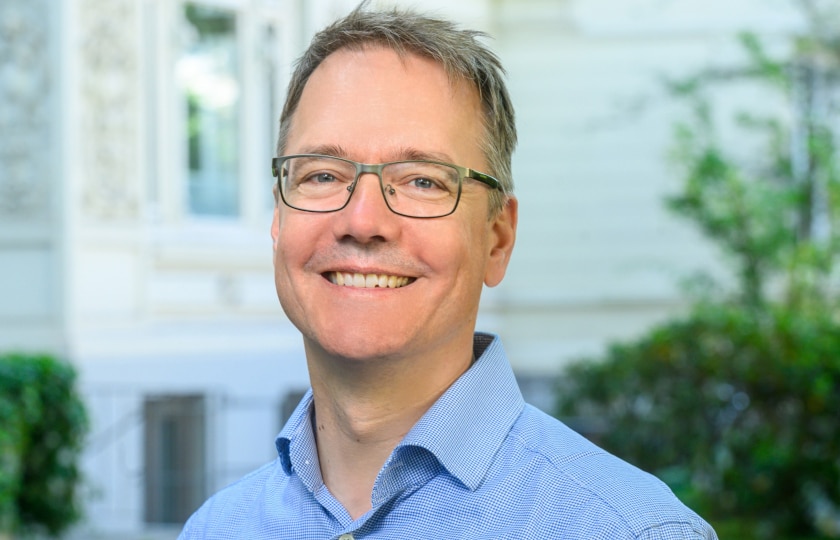How do scientific findings about journalistic media and social media get into the world? What criteria do science editors use to select topics? And what impact can scientific content have with it?
The Leibniz Institute for Media Research | Hans-Bredow-Institut (HBI) is working on the role of science communication within the framework of a project network dealing with the digitisation of science and funded by the Federal Ministry of Education and Research with about 1.3 million euros. The sub-project “MeWiKo – Media and Scientific Communication” focuses on how science communication by communication offices and the press influences the reputation of scientific publications. For example, are essays quoted more frequently or do they have better altmetrics when they appear in the daily press? Or does the mention in popular media have a rather negative effect on the influence? Partners in this project are the Science Media Center, the University of Kiel, the Leibniz Institute for Media Research | Hans-Bredow-Institut (HBI) and the Institute for Applied Computer Science at the University of Leipzig.
Topics of the network as a whole are in particular networked infrastructures for universities, altmetrics as well as the application of artificial intelligence methods for the analysis of complex publications.
The sub-project located at the HBI will be implemented firstly through ethnographies, i.e. participating observation of the work of a science editorial office and the Science Media Center (SMC). Secondly, a standardised quantitative survey will be conducted among science journalists in Germany. Lastly, the HBI will hold a workshop with science journalists to identify selection processes and critically reflect on them in terms of their own role in the impact of scientific work. These methodological approaches also allow assessments to be made of which factors facilitate the work of science journalists and which information from the scientific community could improve the quality of science journalistic selection processes.
Findings
In June 2021, Irene Broer and co-author Louisa Pröschel published a working paper with the findings of several months of field research at the Science Media Center Germany. It is available as no. 57 in the series “Working Papers of the Hans-Bredow-Institut.” In BredowCast Episode 65, the authors speak about the findings in detail.
In a special edition of the Journal of Science Communication, which was focused exclusively on communication related to COVID-19, Irene Broer also wrote about the inter-editorial response of the Science Media Center Germany (SMC) to the outbreak of the pandemic.
Project Description
Ethnographic Editorial Studies
HBI investigates the work of science journalism with the help of the method of editorial ethnography (“newsroom ethnography”). The work processes are systematically observed, documented and qualitatively classified over a period of several weeks in a science editorial office and at the Science Media Center (SMC). The observing researchers keep a diary of their observations, which also contains subjective impressions and assessments. The special focus of the observation is on the selection processes of the editors, i.e. which material is classified as relevant to science journalism.
Interviewing Science Journalists about Their Editorial Selection
In addition to the spectrum of channels used for content selection, the focus of the surveys will be on the criteria that explicitly play a role in the selection process and on factors that combine the classic journalistic news value with department-specific requirements.
Workshop with Science Journalists
The Leibniz Institute for Media Research | Hans-Bredow-Institut (HBI) conducts a workshop with science journalists and researchers in the field of science communication. The aim of this workshop is, in addition to professional exchange, a dialogue about the mutual expectations of scientists and journalists, and about communicative misunderstandings that sometimes exist between the two sides.












![Screenshot of an article on the Verfassungsblog. Title of the article: “Ein rundfunkrechtliches ‘Solange’?” [An “As Long As" in Broadcasting Law?]](https://leibniz-hbi-de.b-cdn.net/wp-content/uploads/2025/10/Verfassungsblog-Mast-Schulz-OeRR.jpg)
